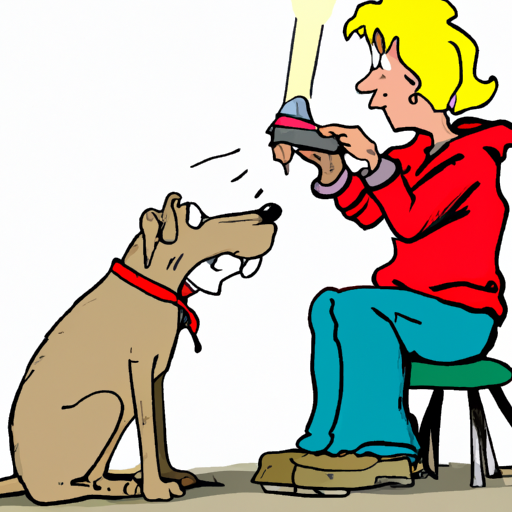Understanding the Basics
Often, you may find yourself looking into your dog’s mouth and noticing an unusual redness. This might raise alarm bells in your mind, but before you panic, it’s important to remember that not all signs of redness indicate a serious health condition.
Just like us humans, dogs can also experience an array of oral conditions. These can range from simple gingivitis to more serious diseases such as periodontal disease. Understanding the causes, symptoms and treatments can help you ensure the best care for your furry friend.
Recognizing the Symptoms
When you spot redness in your dog’s mouth, it’s crucial to look out for accompanying symptoms. Here are some common signs to watch for:
- Bad breath: An unusually foul odor could indicate dental disease.
- Excessive drooling: This could be a sign of pain or discomfort.
- Difficulty eating: If your dog seems to have trouble chewing or is eating less, it might be due to oral pain.
Possible Causes of Redness
When it comes to a dog’s oral health, several factors could contribute to the redness in their mouth. It’s important to know these so you can take appropriate action:
- Dental Disease: This is the most common cause and includes conditions like gingivitis and periodontal disease.
- Injury or Trauma: A physical injury to the mouth can cause redness and inflammation.
- Allergies: Dogs can be allergic to certain foods or substances, which can lead to redness.
- Autoimmune Diseases: Conditions like Pemphigus can cause changes in the color of the gums.
Treating Redness in Your Dog’s Mouth
The treatment for your dog’s red mouth largely depends on the cause. It’s always best to consult with your vet who can provide a proper diagnosis. They may recommend one or more of the following treatments:
- Dental cleaning
- Antibiotics or anti-inflammatory medications
- Dietary changes
- Removal of a foreign object or treatment of an injury
Preventive Measures
Prevention is always better than cure. Here are some strategies you can employ to maintain your dog’s oral health:
- Regular Tooth Brushing: This is one of the most effective ways to prevent dental diseases.
- Healthy Diet: Providing your dog with a balanced diet can help maintain their oral health.
- Regular Vet Check-ups: Regular visits to the vet can help detect issues early on.
| Prevention Measure | Description |
|---|---|
| Regular Tooth Brushing | Helps remove plaque and prevent dental diseases |
| Healthy Diet | Balanced diet helps maintain overall health including oral health |
| Regular Vet Check-ups | Early detection of potential issues can lead to more effective treatments |
Frequently Asked Questions
Q: How often should I check my dog’s mouth?
A: It’s good practice to check your dog’s mouth once a week.
Q: What should I do if I notice redness in my dog’s mouth?
A: If you notice persistent redness, it’s best to consult your vet.
Q: Can I brush my dog’s teeth on my own?
A: Yes, regular brushing is recommended. Use a dog-safe toothpaste.
Remember, your dog’s health is in your hands. Stay vigilant and never hesitate to seek professional help when you’re in doubt. Your furry friend is counting on you!



